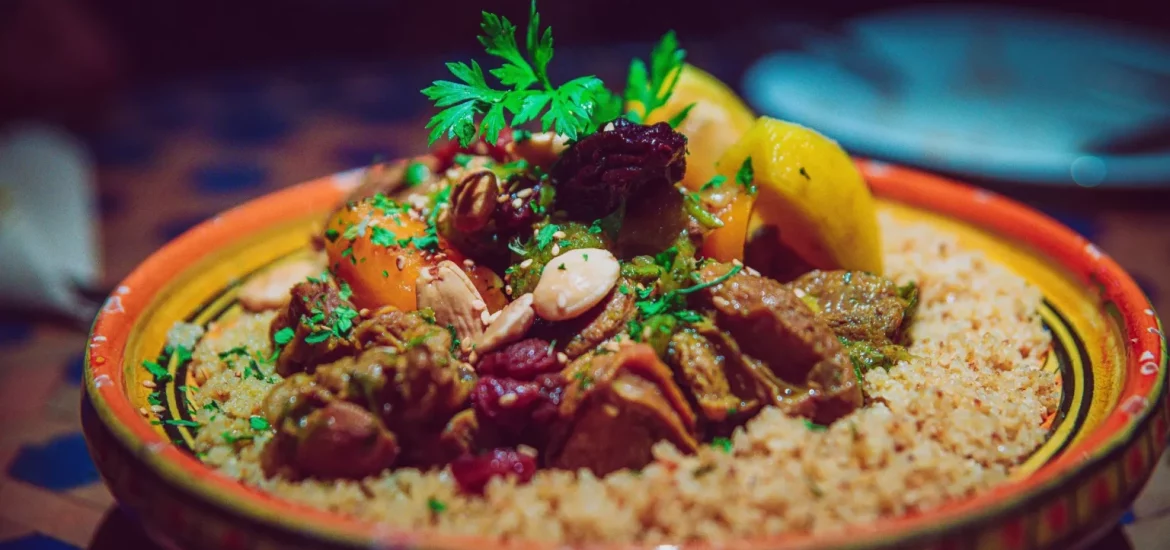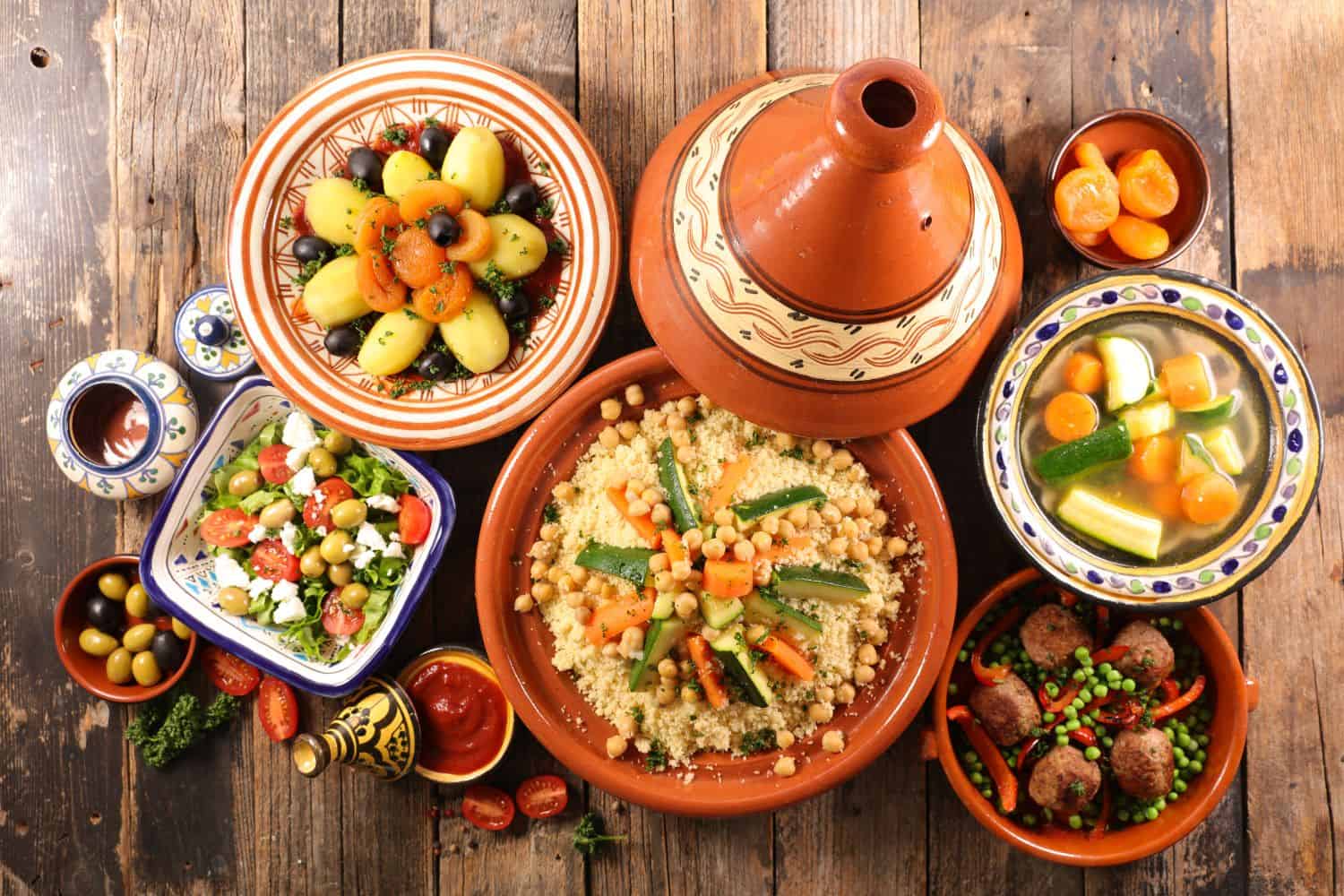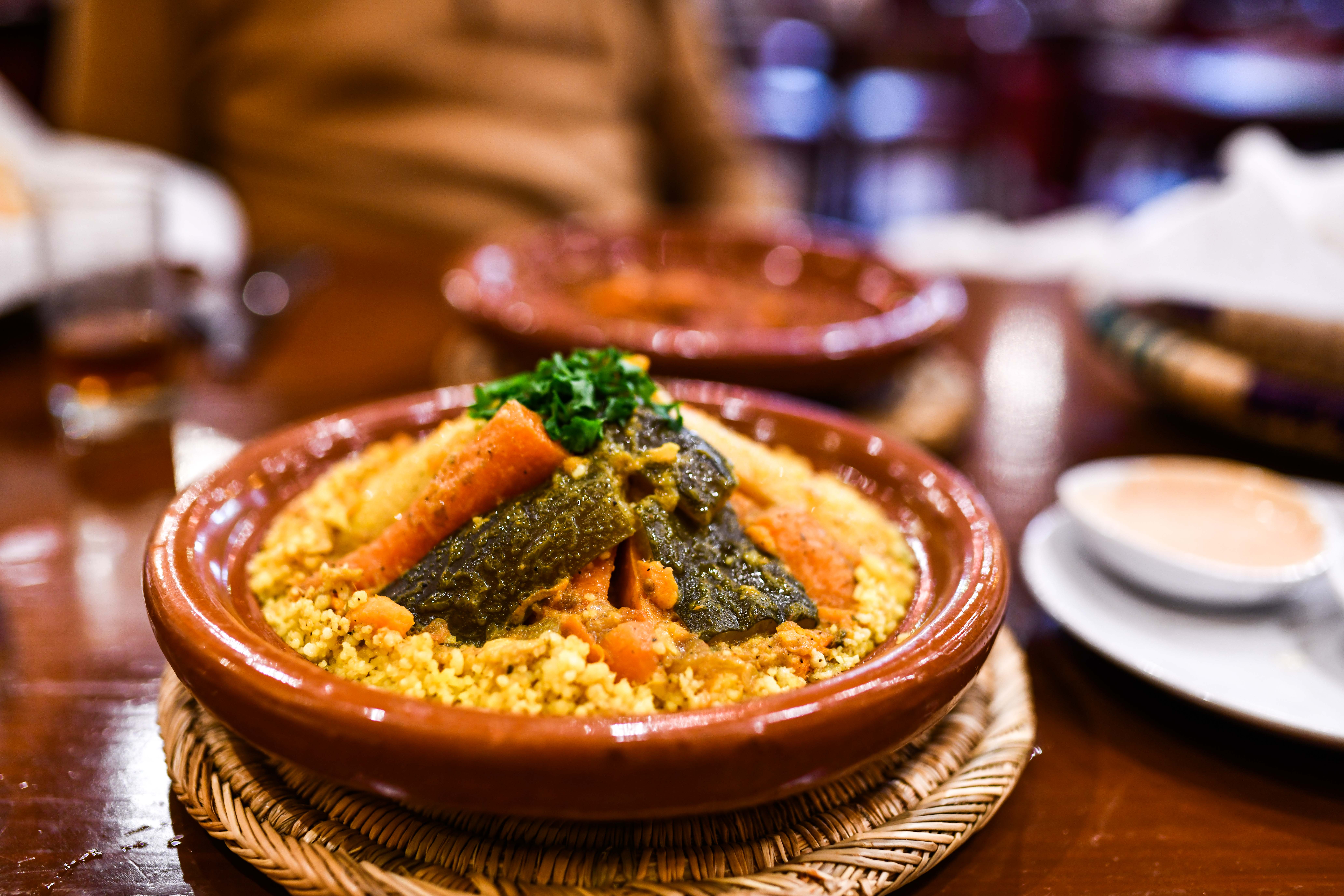Mediterranean Food: A Flavorful Trip Through Custom and Taste
Mediterranean cuisine serves as an amazing intersection of practice and taste, attracting from a varied selection of cultures that span continents. The extensive flavors and health and wellness benefits linked with the Mediterranean diet regimen have actually amassed international admiration, yet beneath its surface lies a complex narrative of historical influences and local specialties that necessitate additional exploration.
Origins of Mediterranean Food
The origins of Mediterranean food are deeply rooted in a rich tapestry of history, location, and cultural exchange. This culinary tradition arises from a region specified by its varied landscapes, consisting of coasts, mountains, and productive levels, which have affected its agricultural practices and food production. The Mediterranean Basin, including countries such as Italy, Greece, Spain, and Turkey, has been a crossroads of human beings for millennia, where trade routes facilitated the exchange of active ingredients, techniques, and culinary viewpoints.
Ancient societies, including the Greeks and Romans, dramatically designed Mediterranean foodways, highlighting the significance of fresh, seasonal fruit and vegetables and common dining. The spread of farming, specifically the growing of olives, grapes, and grains, laid the structure for recipes that stay staples today. In addition, the influence of numerous conquerors and investors, such as the Moors and Ottomans, presented brand-new tastes and cooking designs, additionally enriching the cuisine.
Today, Mediterranean cuisine is commemorated not just for its taste and variety but likewise for its emphasis on healthful eating, symbolizing a balanced approach to nutrition that remains to appeal to global palates. This historic interplay of cultures and components creates the essence of what we currently acknowledge as Mediterranean food.
Key Ingredients and Tastes
Mediterranean cuisine is identified by a dynamic array of essential components and tastes that show the area's farming bounty and cultural heritage. Central to this culinary custom are fresh vegetables, fruits, and herbs, which provide necessary nutrients and dynamic preferences. mediterranean restaurant las vegas. Staples such as tomatoes, eggplants, olives, and bell peppers are frequently featured, showcasing the area's diverse climate and dirt
Olive oil, typically considered the foundation of Mediterranean cooking, conveys richness and depth to recipes. It is enhanced by a variety of flavors and natural herbs, consisting of garlic, basil, and oregano, which elevate the tastes of meats, seafood, and grains. Grains, especially wheat and rice, function as basic components, with recipes like couscous and pasta being staples across the region.
Additionally, vegetables such as chickpeas and lentils not only give healthy protein yet also add to the food's heartiness. Using dairy products, particularly yogurt and feta cheese, adds creaminess and flavor. Fish and shellfish, bountiful in coastal areas, features prominently, with fresh fish and shellfish offering a taste of the sea. Jointly, these components develop an unified equilibrium that defines Mediterranean cuisine.
Regional Variants and Specialties
Varied local variations and specialties identify Mediterranean food, reflecting the distinct social influences, location, and history of each location. In the seaside areas of Italy, for instance, seafood reigns supreme, with meals like Sicilian caponata showcasing a blend of eggplant, olives, and capers. Greece is renowned for its use of feta cheese, olives, and fresh herbs, obvious in timeless preparations such as moussaka and spanakopita.
The Levantine countries, consisting of Lebanon and Syria, emphasize the use of spices and grains, with specializeds like tabbouleh and kibbeh taking center phase. North Africa, especially Morocco, sticks out for its aromatic tagines and couscous, frequently enriched with dried fruits and an abundant array of spices.
In contrast, the Iberian Peninsula highlights the usage of healed meats and strong tastes, with Spanish paella and Portuguese bacalhau exemplifying the area's cooking variety.
Each Mediterranean area not only commemorates its regional ingredients yet also shows the historic profession courses and cultural exchanges that have formed its food culture, developing a lively tapestry of tastes that mesmerizes the taste.
Cooking Techniques and Designs
Food preparation techniques and styles in Mediterranean food are as varied as the areas themselves, commonly mirroring regional practices and readily available ingredients. The heart of Mediterranean food preparation exists in its simpleness, where fresh fruit and vegetables, herbs, and olive oil take facility phase. Techniques such as barbecuing, toasting, and sautéing are typically utilized, permitting the natural flavors of the active ingredients to beam.
Cooking, common wikipedia reference in seaside locations, instills fish and shellfish and meats with a smoky splendor, while toasting, specifically in the center East, improves the sweetness of root veggies and meats. Sautéing, often utilized in Spanish and italian dishes, gives a fast approach to bring out the richness of garlic and onions, functioning as a structure for lots of sauces.
Stewing is one more essential strategy, particularly in North African foods, where tagines simmer aromatic spices and tender meats gradually, blending tastes with time - mediterranean restaurant las vegas. Baking, particularly in the context of bread and pastries, holds a substantial area in Mediterranean culture, with each area flaunting its very own specialties. Overall, these varied cooking approaches not just celebrate the components however additionally reflect the deep-rooted cooking heritage of the Mediterranean, making each meal a testimony to its abundant history

Health Advantages of Mediterranean Diet Regimen
On a regular basis identified for its numerous health benefits, the Mediterranean diet plan stresses the intake of whole, minimally refined foods that promote general well-being. This dietary pattern is abundant in fruits, veggies, whole grains, vegetables, nuts, and healthy and balanced fats, specifically olive oil, while urging modest consumption of fish and fowl and limiting red meat and sugary foods.
Study consistently connects the Mediterranean diet plan to a variety of wellness benefits. Especially, it has been connected with a decreased risk of cardiovascular conditions, largely because of its focus on heart-healthy fats and anti-oxidants. The diet is also believed to enhance cognitive function and might lower the danger of neurodegenerative conditions such as Alzheimer's.
In Addition, the Mediterranean diet regimen sustains Visit This Link weight monitoring with its emphasis on nutrient-dense foods that advertise satiety. The high fiber web content from fruits, vegetables, and entire grains aids digestion and aids keep healthy blood sugar level levels.
Along with physical wellness, the Mediterranean diet plan promotes social health, as it encourages common meals and shared culinary experiences. In general, embracing this diet is not only a path to enhanced health however also a celebration of tastes, society, and community.

Final Thought
In conclusion, Mediterranean food works as an abundant tapestry of custom and taste, showcasing varied regional flavors and ingredients. The focus on fresh produce, olive oil, and fragrant herbs not just boosts culinary experiences however also promotes various wellness benefits. see this page By welcoming time-honored cooking techniques and fostering communal dining, this cooking heritage continues to motivate and attach people throughout societies, strengthening its condition as a cherished and influential component of international gastronomy.

Food preparation techniques and styles in Mediterranean food are as varied as the areas themselves, frequently showing offered components and local practices.In conclusion, Mediterranean food serves as a rich tapestry of custom and taste, showcasing varied local flavors and active ingredients.